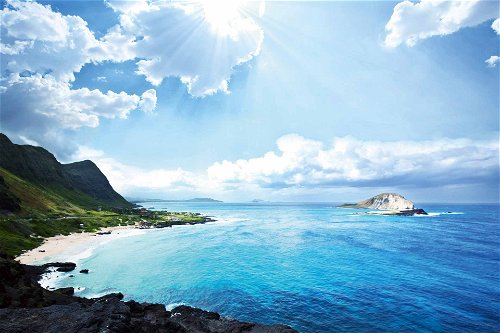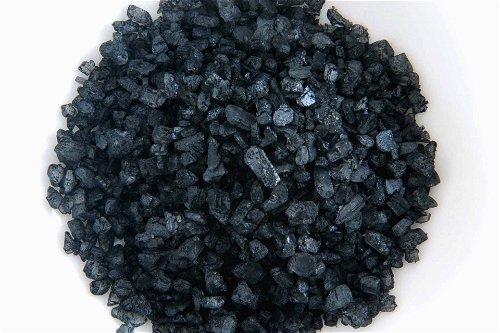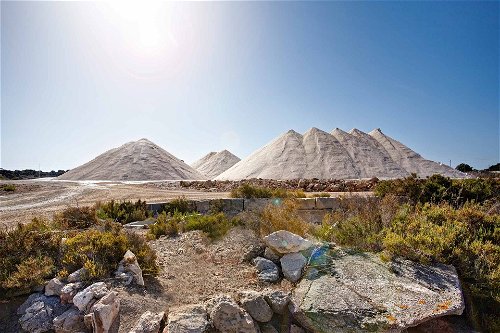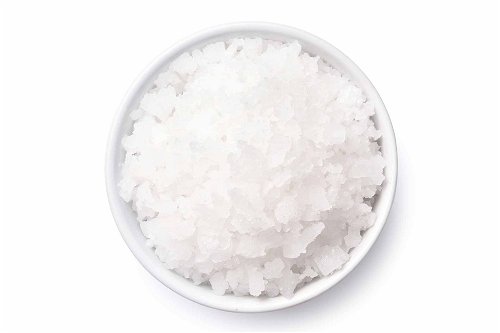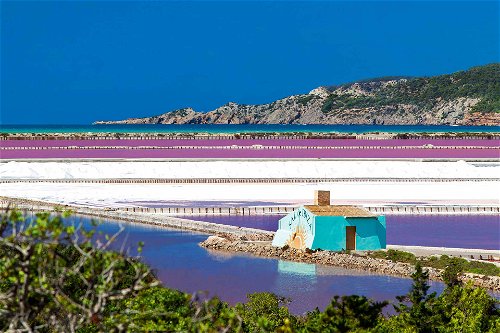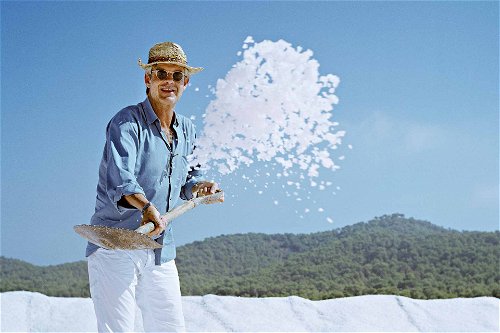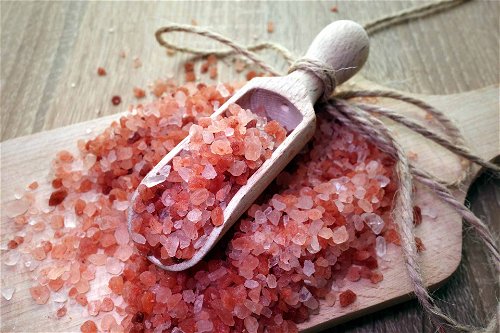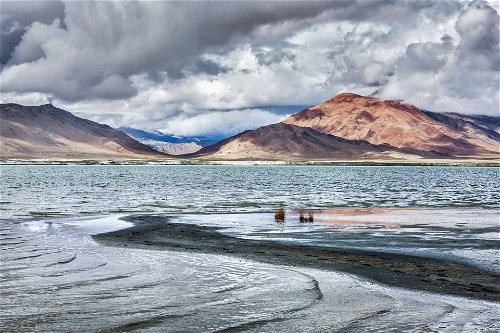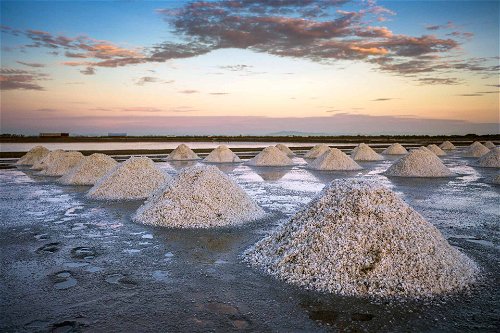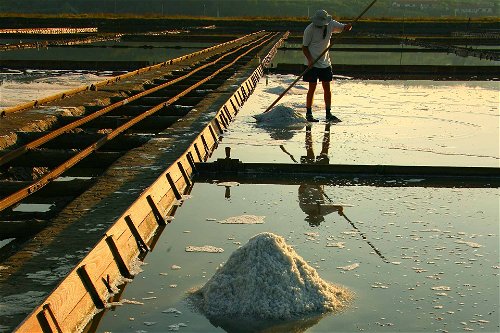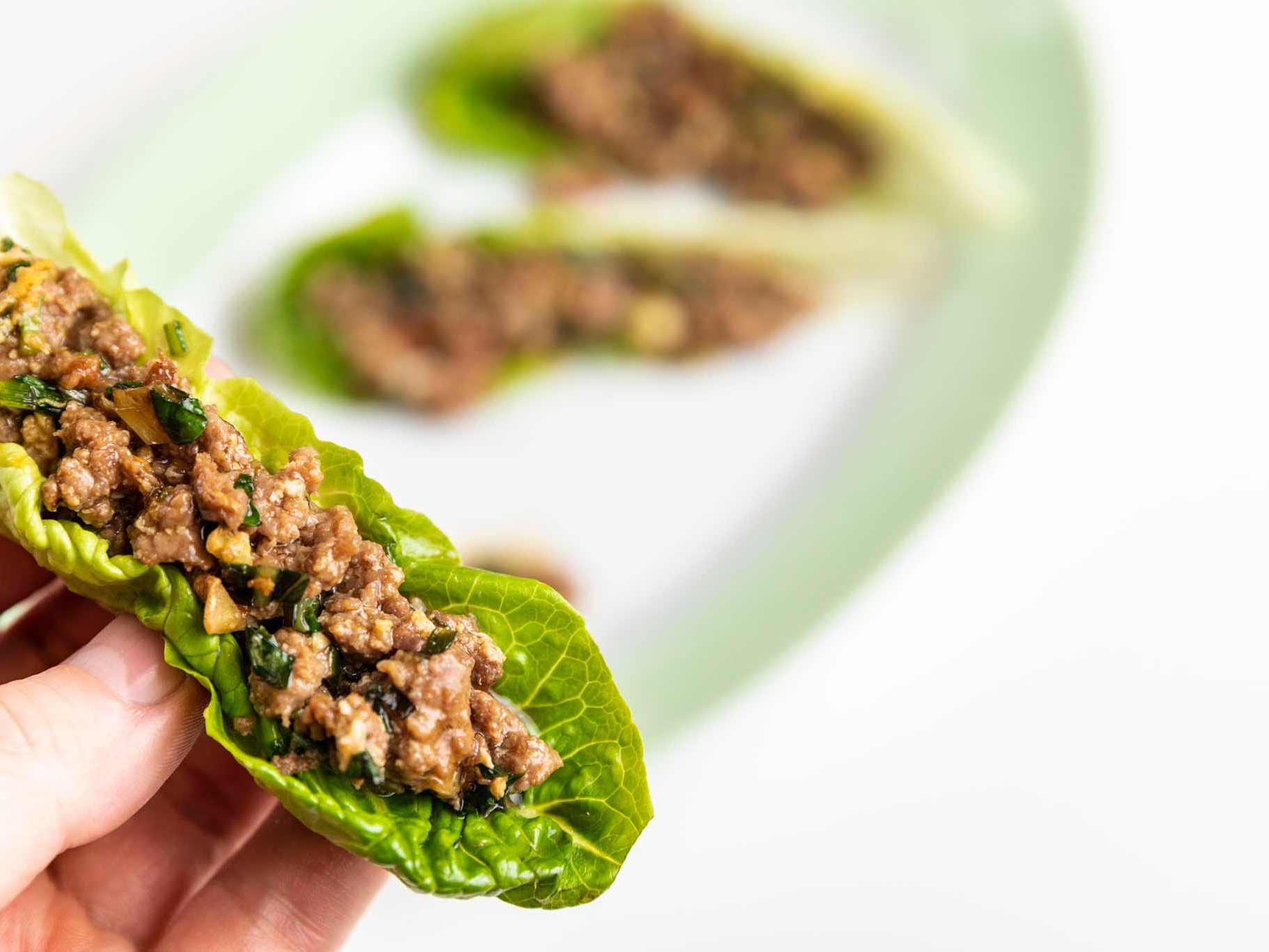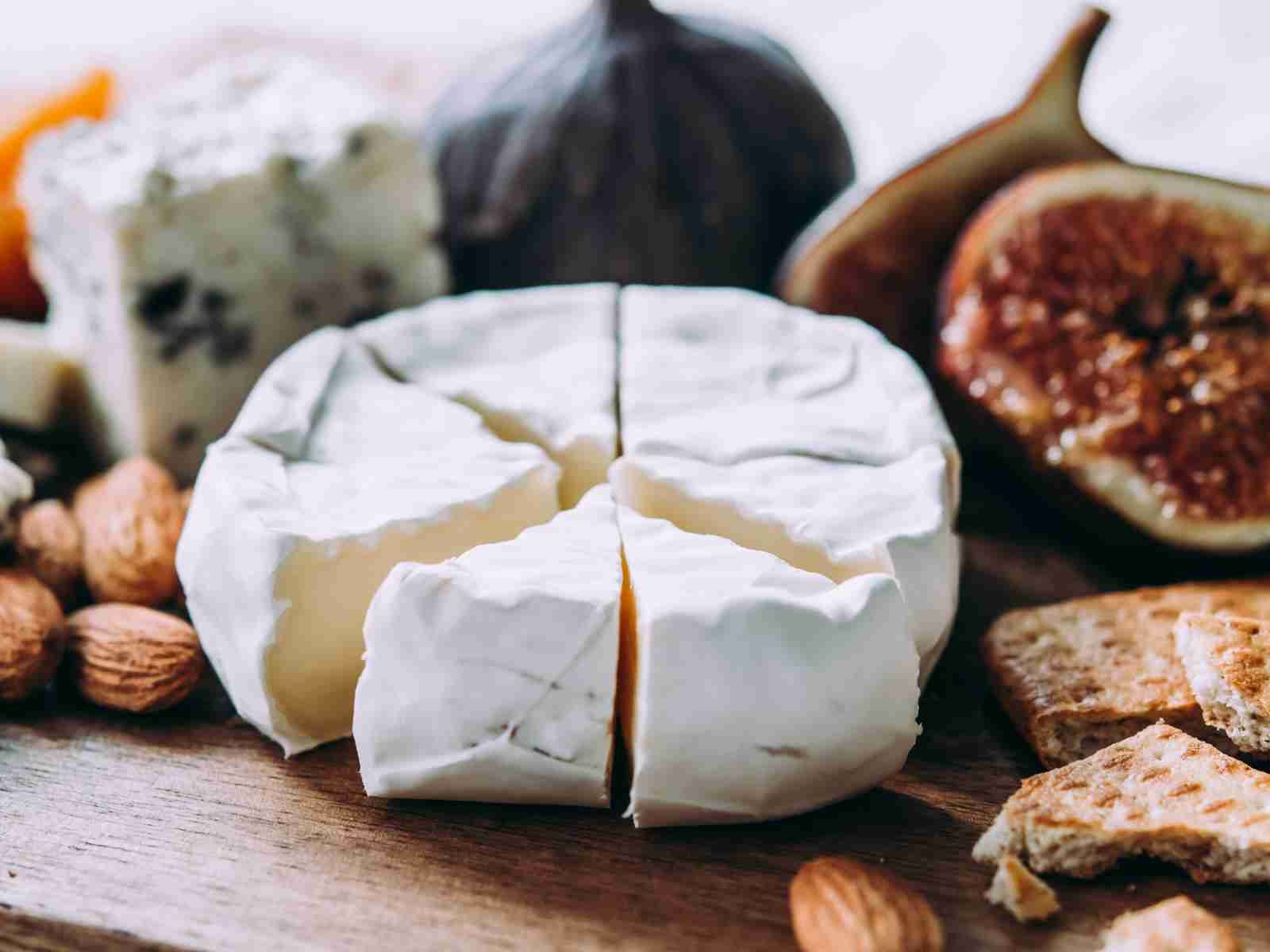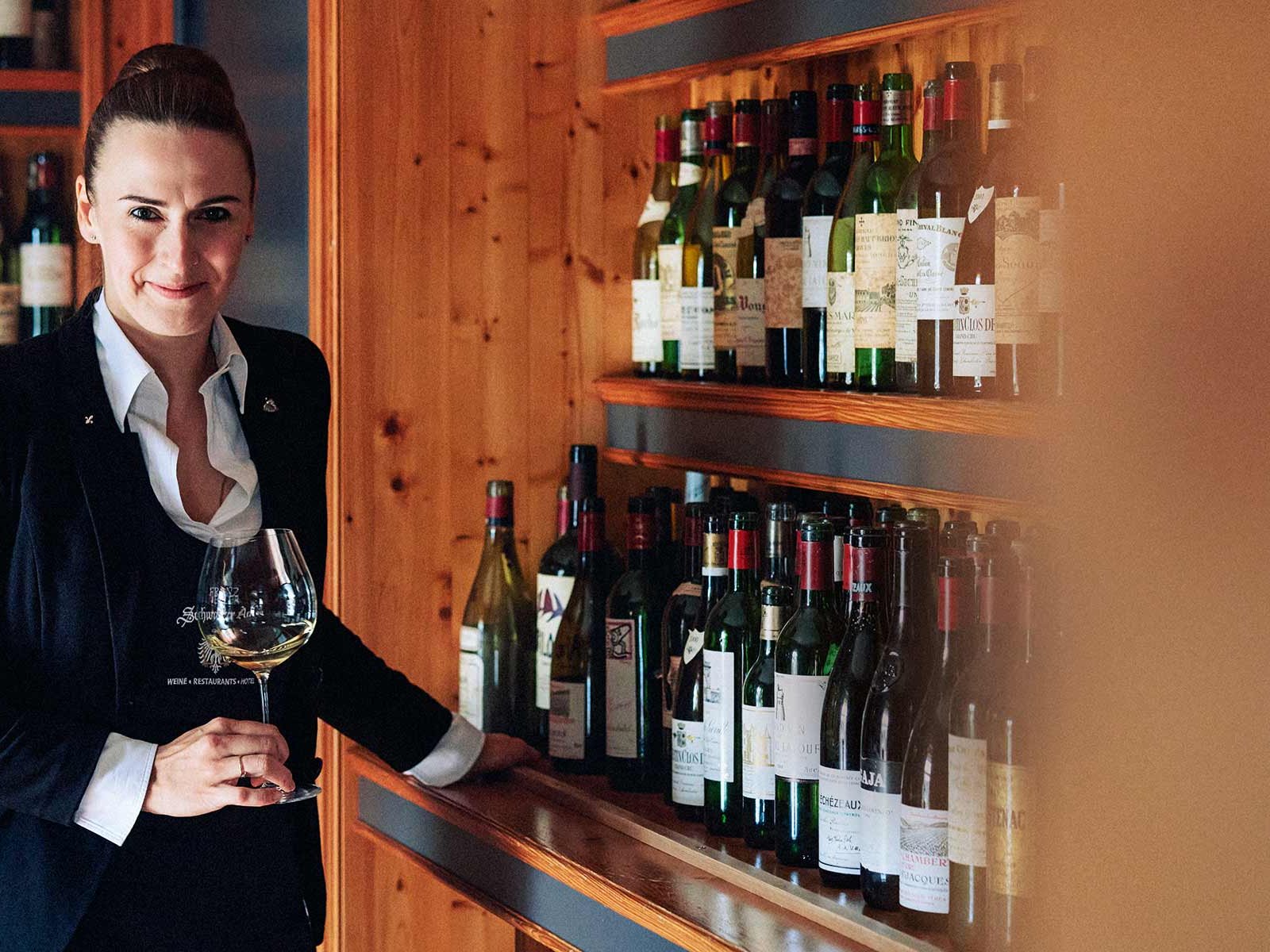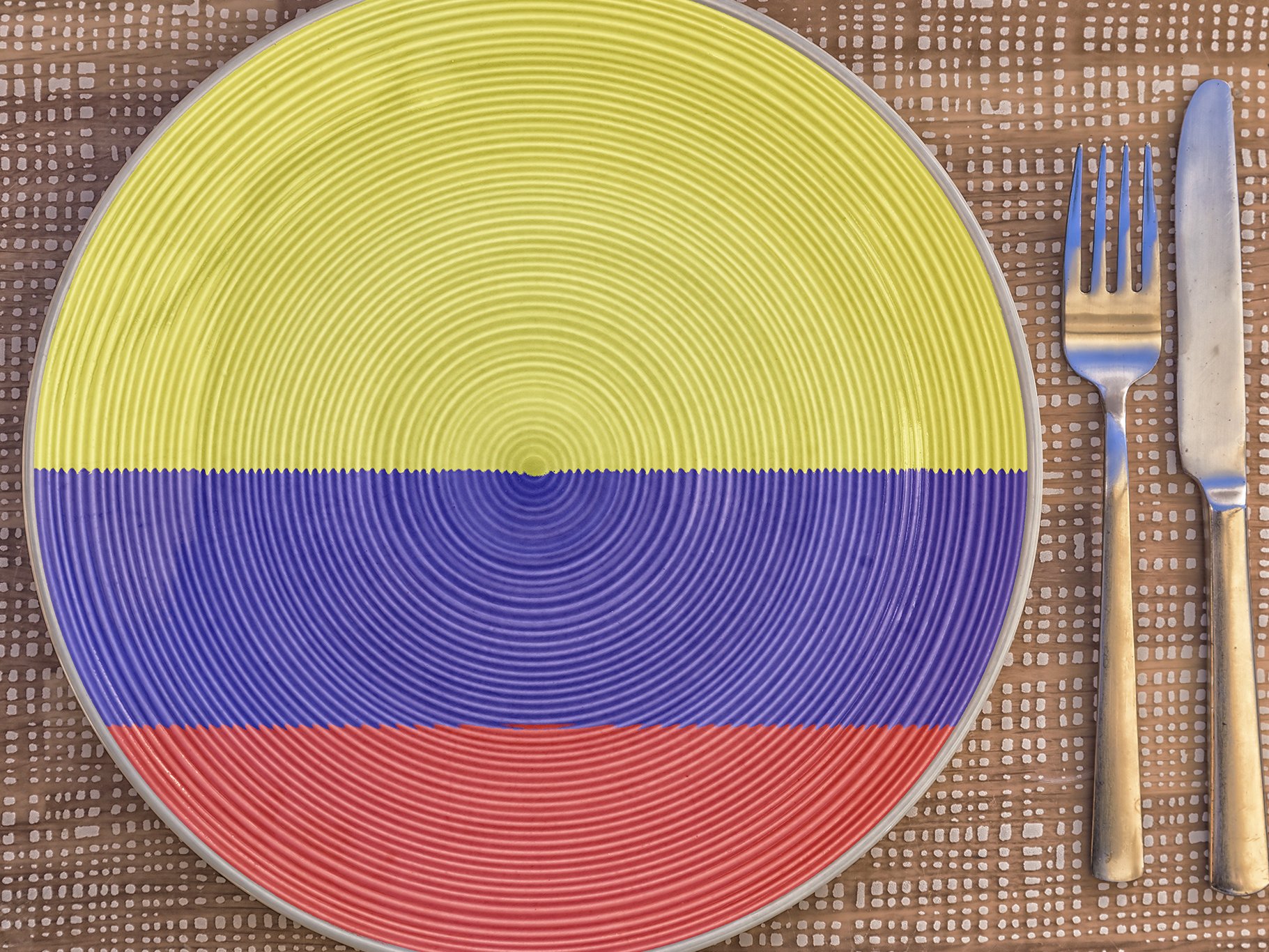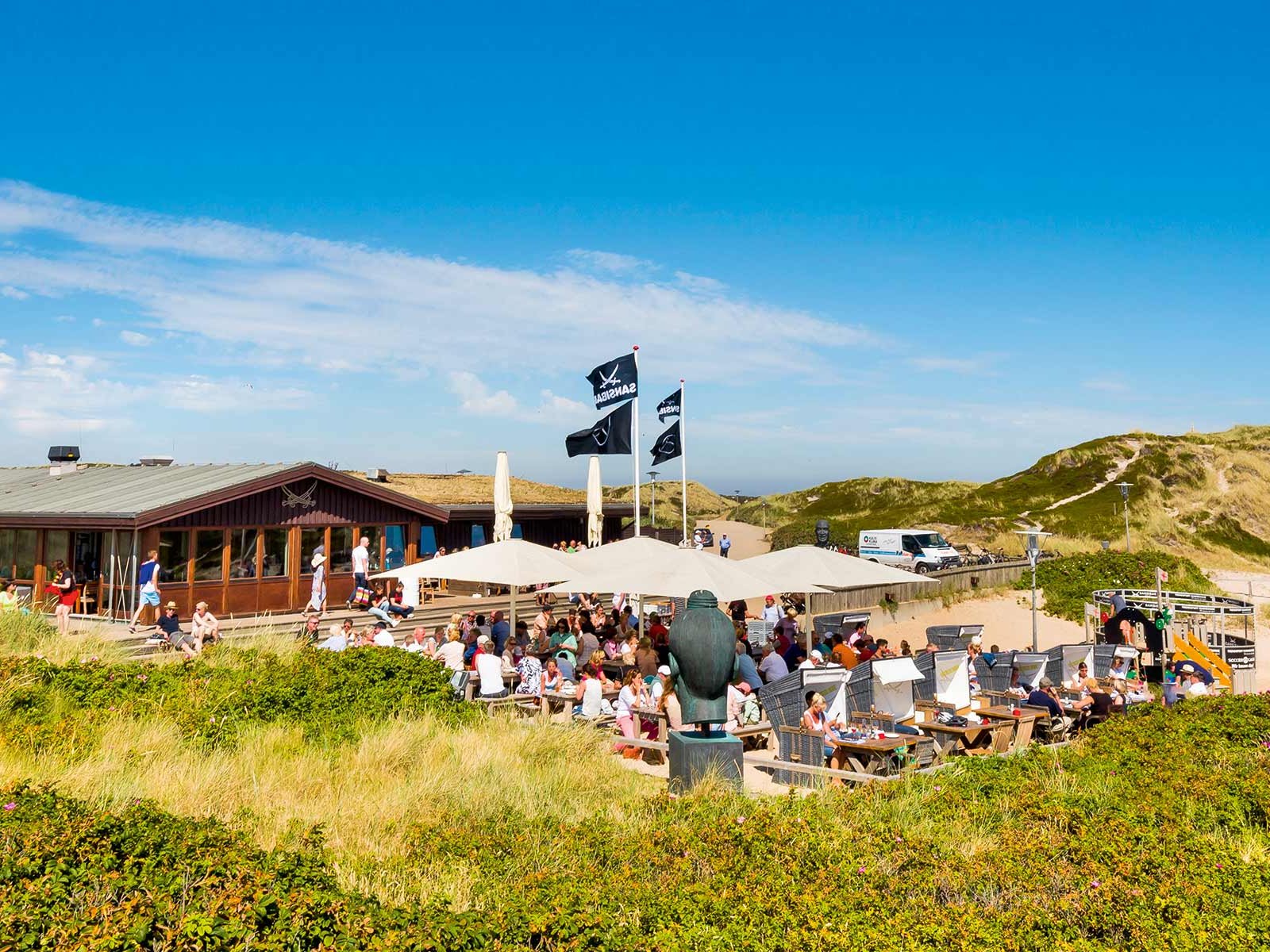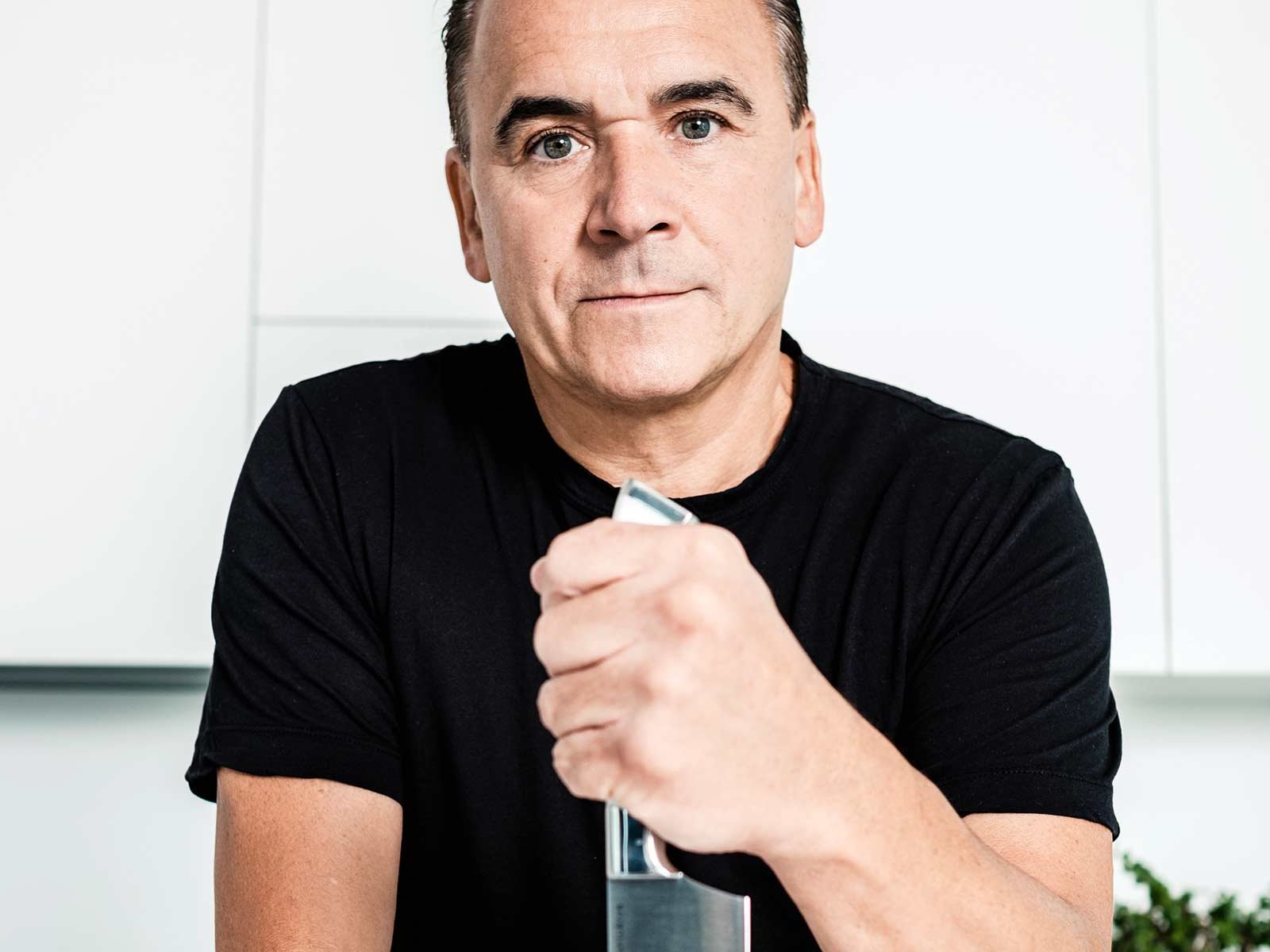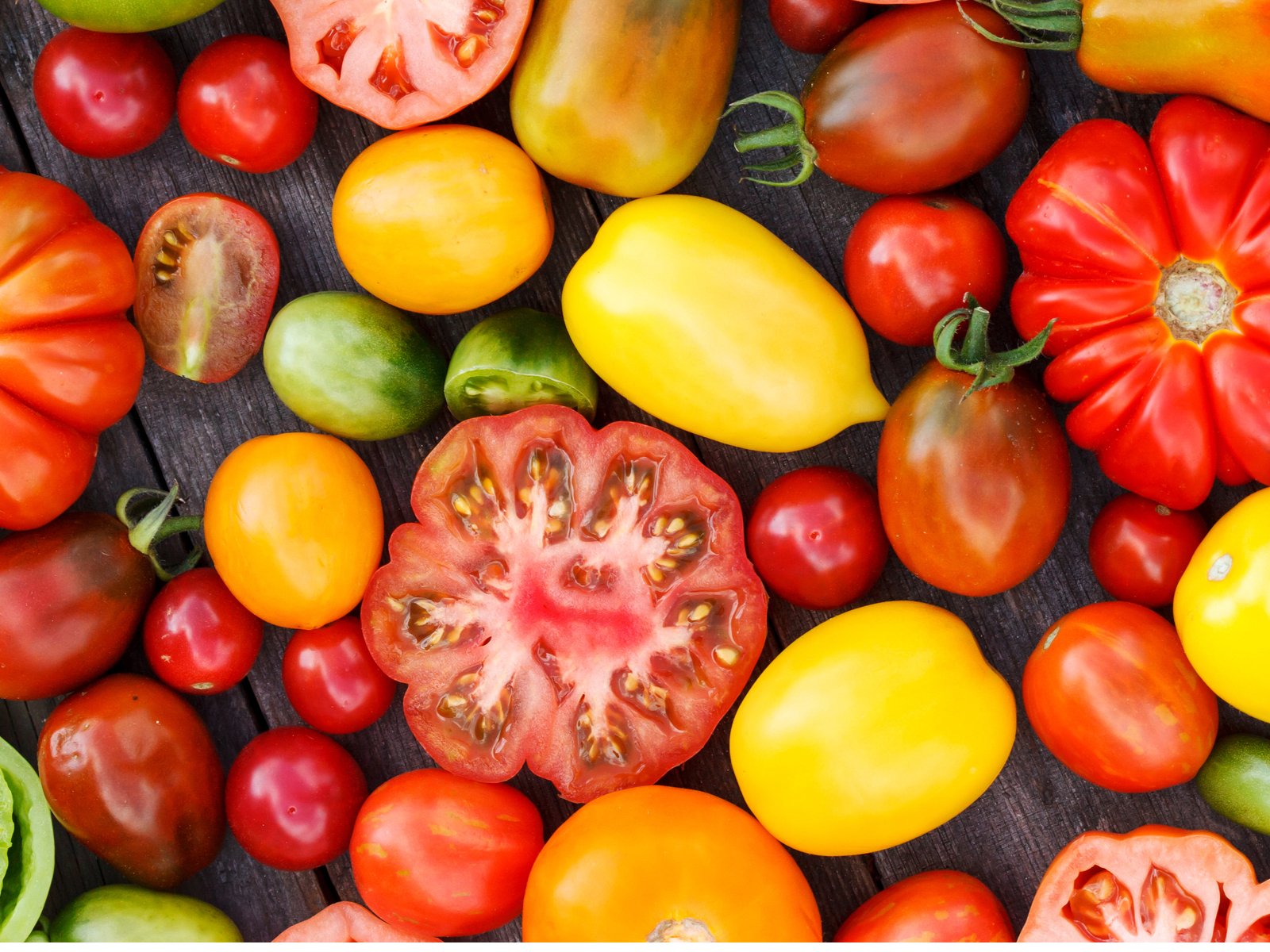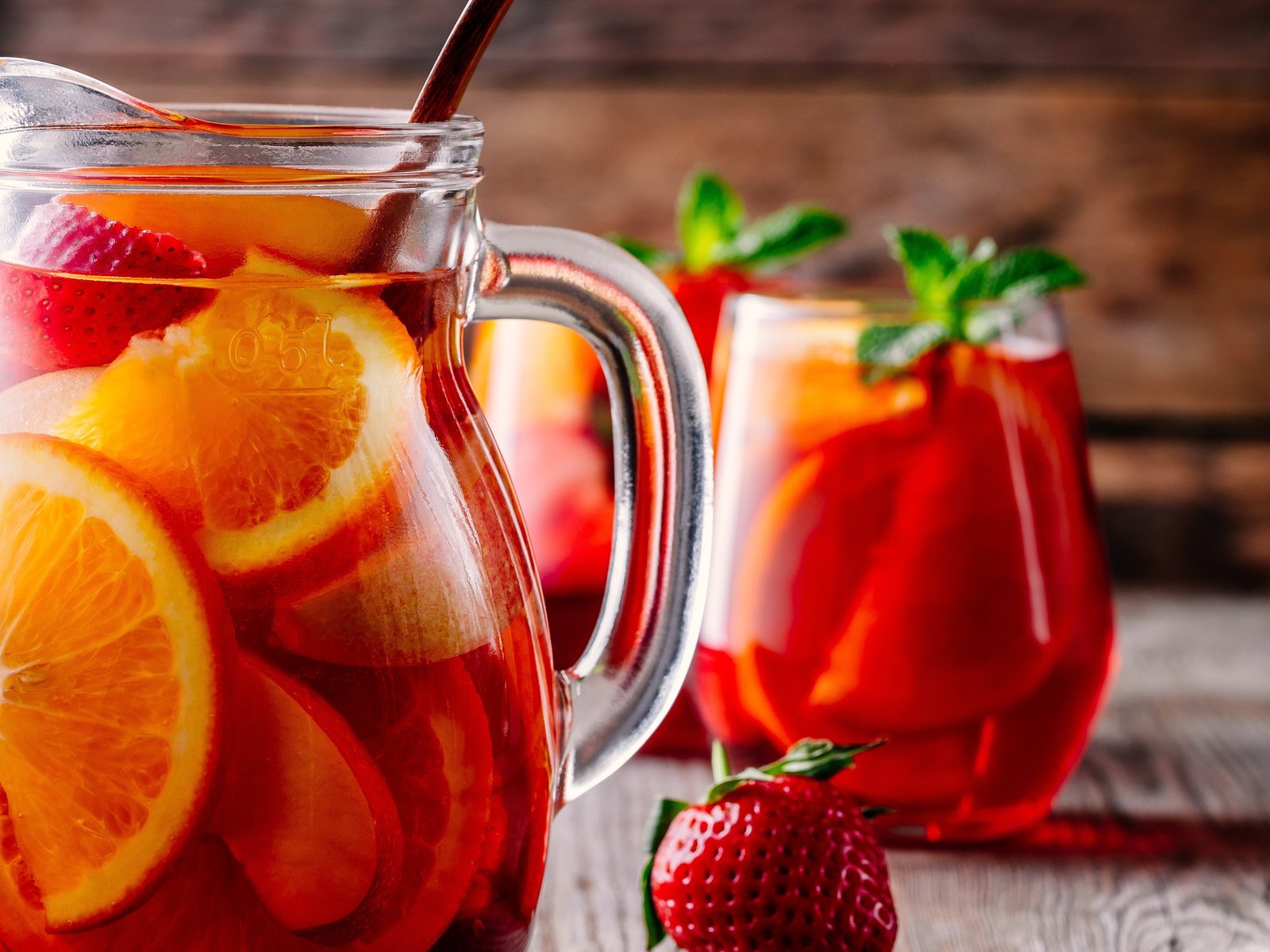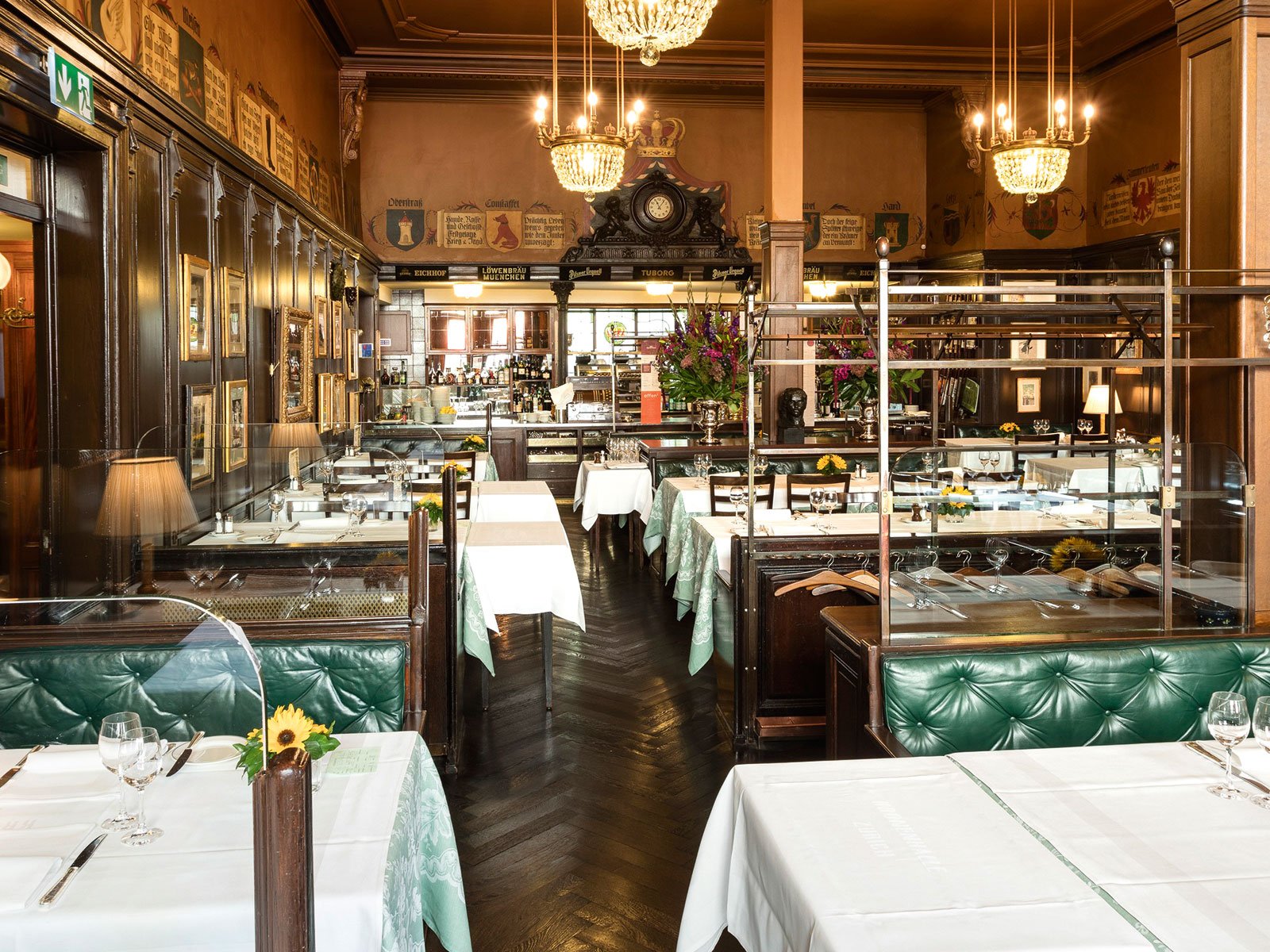What is table salt?
Table salt is the most commonly used type of salt. It consists largely of sodium chloride (approx 40% sodium and 60% chloride by weight) and is mined from rock salt. Rock salt originates from seas that evaporated millions of years ago and has been preserved in fossil form. Having been mined, it is then processed and the is salt ground to give it its fine, even, white texture. Usually, iodine and fluorine are added as these elements are also essential to our wellbeing. Preservatives and anti-caking agents are also added during the production process. About 70 per cent of the table salt produced globally comes from rock salt.
What is sea salt?
Sea salt also consists of sodium chloride in roughly the same ratio as table salt. However, sea salt usually has higher level of trace elements such as magnesium, calcium, iron and potassium. Sea salt is obtained naturally by evaporating pure seawater from salt ponds or salt marshes. The combination of sun and wind creates a crust of salt, which can be harvested by machine or by hand when the conditions are right. The finest sea salt is called fleur de sel. These are the thin, fragile flakes of salt crystals that form on the top of the salt ponds. They are raked off by hand and then dried in the sun. By comparison, sea salt crystals are much coarser and usually slightly greyer and about twenty times less expensive than fleur de sel.
How much salt do we need?
Well, in Western societies, around 75-90% of our daily intake has already been added to our foods, so in reality we need to add very little more. Our total salt intake should be no less than 1.3g of salt a day (550mg of sodium), which is approximately 1 teaspoon of salt. However, government guidelines far exceed this; both the US and the UK recommend a limit of 6g of salt per day (roughly equivalent to three teaspoons). The World Health Organisation recommends we consume no more than 5g per day.

